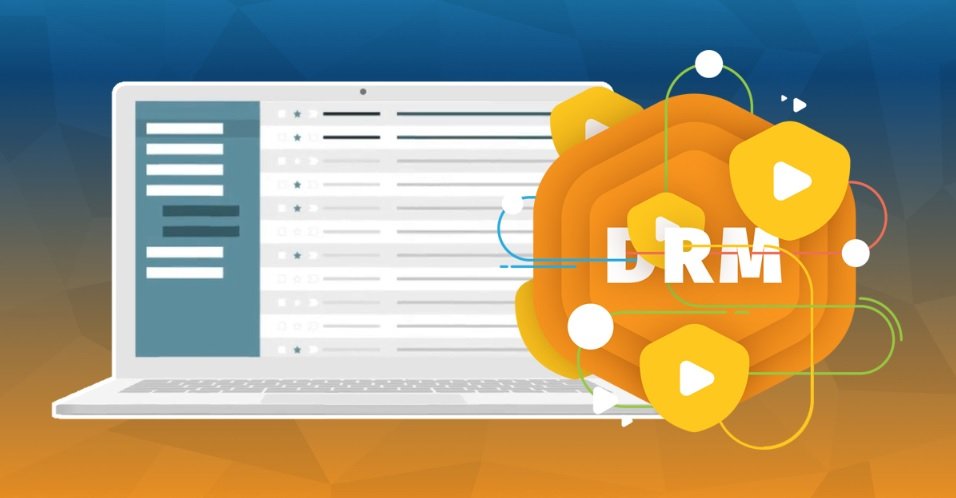To argue that cloud computing has changed business as usual would be an understatement, but the revolutionary consequences of the cloud are far from done. We should expect these tendencies to persist in 2022 as well, as businesses rely more and more on the cloud to speed up operations and increase their IT capabilities. Earlier than delving headfirst into the world of cloud computing, you must also know about the iCloud Platform vs iTunes Platform.
In this article, the major developments in cloud computing for 2022 are examined. The knowledge in this article is essential for keeping up with the quickly evolving area of cloud computing, and the trends discussed below will all continue to have an impact long into the future.
Trends in Cloud Computing
Businesses across industries continue to rely on cloud-based, on-demand IT services including accounting software and full IaaS, PaaS, and SaaS solutions. Below is some statistics that shows how the cloud industry is doing right now:
Today, businesses manage about 94% of their workloads on the cloud. Seventy-five percent are distributed in the form of SaaS. (SaaS).
It is estimated that by 2022, the worldwide cloud computing industry would be valued $623.3 billion. Estimates put this figure at more than $800 billion by 2025.
By 2022’s conclusion, it’s expected that consumers will have spent $397.5 billion on cloud services. Exact figures for 2021 are unavailable, but forecasts put the total at $332.3 billion. • The global cloud computing market is projected to be worth $623.3 billion in 2022. By 2025, this sum is anticipated to surpass $800 billion.
• End-user spending on cloud services is anticipated to reach $397.5 billion by the end of 2022. In 2021, it was predicted that this amount will reach $332.3 billion.
• At least 92% of businesses adopt a multi-cloud strategy.
Why The majority of firms spend roughly 35% of their IT spending on cloud services.
• North America accounts for over 61% of the worldwide cloud computing industry.
• By the end of 2022, the majority of enterprises expect to operate their apps on the cloud.
Nearly all new business workloads will be hosted on the cloud by 2025.
The information provided here indisputably demonstrates the value of cloud computing for the IT sector in the next year (s). Let’s have a look at what the year 2022 has in store for us in terms of cloud computing.
Utilizing the Edge
Edge computing is a game-changing method of data processing in which operations are carried out away from a centralised data centre. Localized devices at or near the network’s periphery provide the functions of compute and storage (i.e., the point where end devices connect to a network to deliver data and receive instructions from the central server).
Each edge server may do the following with its own set of computing, networking, and storage resources: • Network switching and routing
• Balanced load.
• Security.
Edge computing is not a substitute for cloud computing. Instead, edge and cloud computing work best when combined; this is already the case in 2022. IT infrastructures may use the benefits of the cloud while also giving the following benefits: • Near-instantaneous data processing
Reduced bandwidth use, very little to no response time latency, decreased data transfer volumes
In 2022, edge computing will be essential as many companies want to combine cloud and edge devices to boost productivity.
As at least 40% of firms seek to include Secure Access Service Edge (SASE) in their toolchains, you would also expect to see a growth in SASE. Enterprises can monitor and control access to cloud apps and services, on-premises infrastructure, and end-user devices thanks to this security architecture. Two of the most important concerns with edge computing are maintaining a high level of security and compliance. SASE helps with both of these.
Continued Achieving Server-less Computing
In server-less computing, the user is not in charge of server provisioning and infrastructure management. Instead, the supplier of cloud services controls the underlying infrastructure and allocates computer power in accordance with demand.
Businesses may benefit from server-less computing in a number of ways:
• Set storage or bandwidth limits are not charged for. Instead, you might depend on a real pay-as-you-go service.
• Server management is not the responsibility of the internal employees.
• The team may spend more time producing and innovating since internal developers are not needed to install complex server clusters.
• Server-less systems do not run the danger of being under- or over-provisioned since they grow on their own without the assistance of internal workers.
• You lessen the possibility of back-end issues.
Server-less computing is becoming more commonplace. In the next year, expect to see more companies use server-less solutions as a further opportunity to improve team agility and save money.
According to current forecasts, between 2022 and 2026, demand for server-less solutions would rise by 22.6%. This development is mostly attributable to startups who see serverless computing as an opportunity to use the cloud without the headaches of maintaining the infrastructure.
Even more AI and ML adoptions
All artificial intelligence (AI) and machine learning systems need a lot of processing power and data bandwidth, which are much more affordable on the cloud. The two technologies mesh together perfectly:
• AI helps cloud services manage data while obtaining reliable information about user behaviour, trends, preferences, etc.
AI is becoming more accessible and inexpensive because to cloud computing.
Two emerging AI technologies’ progress is dependent on cloud computing:
• These applications use machine learning to produce anything from artificial data to art. Other artificial intelligence systems can learn from these algorithms.
• Language modelling: software that is better able to understand human languages; this technology is expected to transform how businesses interact with their customers.
In order to supply these services to users and provide infrastructure for programmers who need to do complex computations, cloud computing will be essential.
All sizes of organisations benefit from using the cloud for AI. Cloud computing will be increasingly used by small and low-tech businesses as a gateway to cutting-edge AI technology.
Advanced ML and AI capabilities could not be used by business owners and organisations with minimal resources without the cloud. Cloud computing has made it possible for businesses of all sizes and types to create AI/ML solutions.
By 2028, experts estimate that the AI market will be worth $850.61 billion. New AI/ML systems need a lot of processing power and bandwidth, therefore this growth will be heavily reliant on the cloud.






